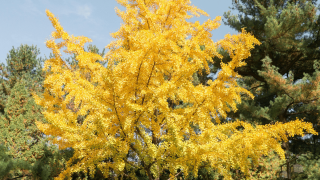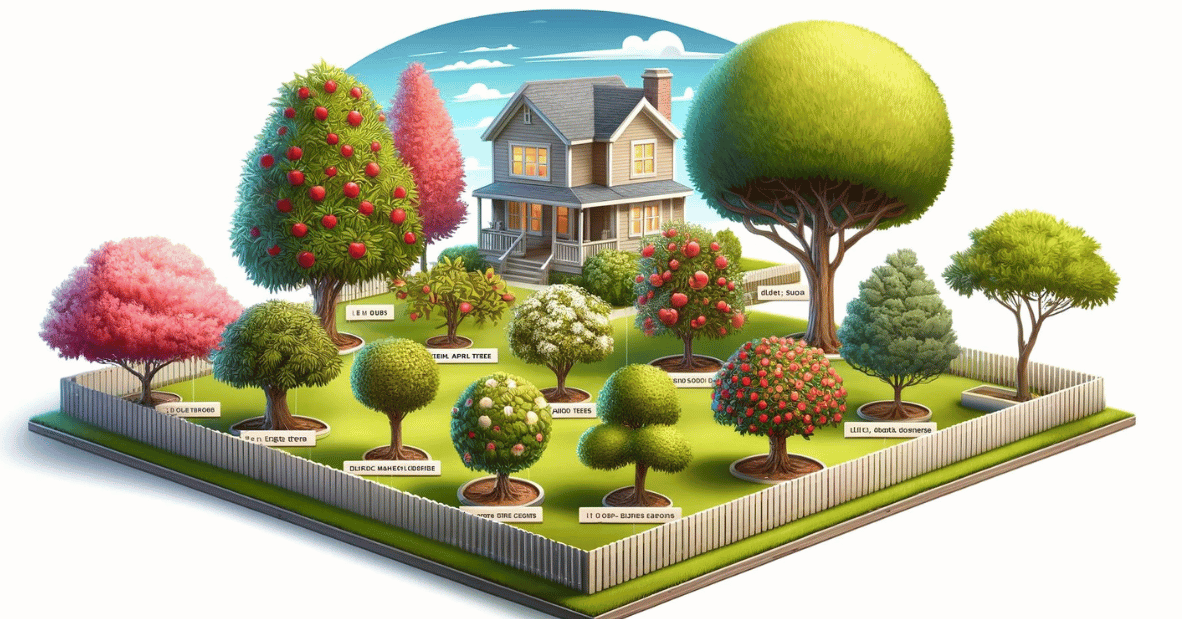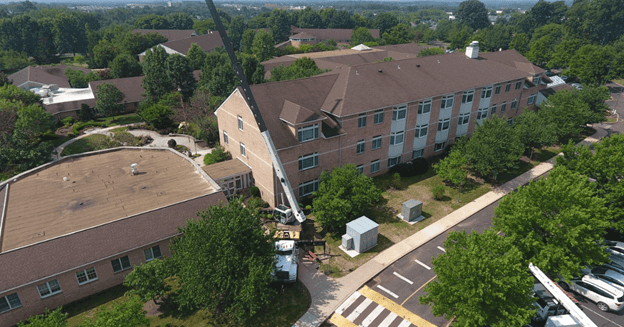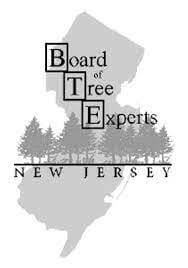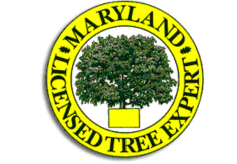We’ve worked with a lot of trees over the years, but few get as much attention as the ginkgo. People stop and ask about it every fall when the leaves turn that striking yellow. It’s a tree that makes you look twice.
The ginkgo has been around for a very long time. We’re talking millions of years. It’s what we call a living fossil. And yet, it’s still one of the best choices for modern yards, parks, and city streets.
What Makes a Ginkgo Easy to Spot
If you’ve ever seen leaves shaped like little hand fans, you were probably looking at a ginkgo. They have a unique look, no other tree in our area has leaves like that. In spring and summer, they’re green. But in fall, they turn a bold yellow and then drop almost overnight.
One of our clients in Wilmington planted a row of them along his driveway. Every November, his neighbors come by just to see the golden carpet they leave behind. It’s something you have to see in person to appreciate.
Young ginkgo trees grow straight up, kind of like a column. As they get older, they branch out and form a wider canopy. The bark is light gray, and as it ages, it gets deeply grooved, which gives it some nice texture.
Where They Thrive
We plant ginkgos in cities more than almost any other tree. They handle street salt, poor soil, and compacted ground better than most species. They also bounce back fast after a rough summer, which isn’t something you can say about every tree.
This is one of the few trees that can take heat, smog, and long dry spells. We’ve had projects in Philadelphia, Newark, and parts of Chester County where nothing else would grow. The ginkgo pulled through.
The Landscape Appeal
From a design standpoint, ginkgos give you a lot to work with. We’ve planted them as shade trees in backyards, but we’ve also installed narrow cultivars like ‘Princeton Sentry’ in tight urban spaces. Some varieties stay small enough for courtyards.
We had a homeowner in Hockessin train two young ginkgos against a wall using espalier techniques. It took some time, but the end result was beautiful and totally unique to their garden.
And if you’ve ever been curious about bonsai, ginkgo is one of those species that responds well to it. It grows slowly and handles shaping nicely.
What You Should Know About Care
Ginkgos don’t need much from you once they’re established. We always suggest planting in full sun and giving them space to grow. They’ll take care of themselves after the first couple of years.
One thing we always check for is proper drainage. They can handle some clay, but sitting water will cause problems in the long run. When in doubt, a simple soil test or a call to your arborist can prevent headaches down the road.
We’ve also found ginkgos to be very drought tolerant. After a few years in the ground, they rarely need extra watering, even during a hot summer.
Another plus: pests generally leave them alone. In our experience, if a ginkgo is struggling, it’s often an issue with soil compaction or damage to the roots, not insects.
That said, if the tree starts to lean or twist during storms, we may recommend cabling or bracing to keep it secure.
Slow Growth, Long Life
This isn’t a fast grower. If you’re looking for shade next summer, pick something else. But if you want a tree your kids or grandkids can enjoy, this is one of the best.
We’ve seen mature ginkgos in Pennsylvania that have clearly been standing for over a century.
They hold up well over time and don’t seem to suffer the way some older oaks or maples do.
They’re also on the list of trees that live the longest, which makes them a solid investment for long-term property value.
One Note About the Fruit
Now let’s talk about the one thing that makes people hesitate. Female ginkgos produce fruit. It’s soft, round, and smells like rotting butter. We’ve had folks call us in a panic thinking something died under their tree.
Most nurseries sell male trees to avoid this problem. But if you’re not sure what you have, give us a call. We can help you identify it before fruit season hits.
A Tree People Remember
The ginkgo has a story behind it. People plant it near memorials, schools, hospitals, places that matter. It’s one of those trees that feels like it means something. After the bombing in Hiroshima, some of the ginkgos near the blast site were still standing. They leafed out the next spring. That stuck with a lot of folks.
We don’t plant trees at Strobert. We take care of them. But we’ve worked on a lot of ginkgos over the years. People call us when they’ve had one for decades and want to keep it strong. Others reach out because theirs is dropping leaves too early or leaning after a storm.
Ginkgos don’t ask for much, but they’re not invincible. Like any tree, they need care. Pruning, storm prep, root checks. That’s where we come in.
If you’ve got a ginkgo that’s been around a while, or just one you want to hold onto, give us a call. We’re happy to take a look. Trees like this deserve to be looked after.


